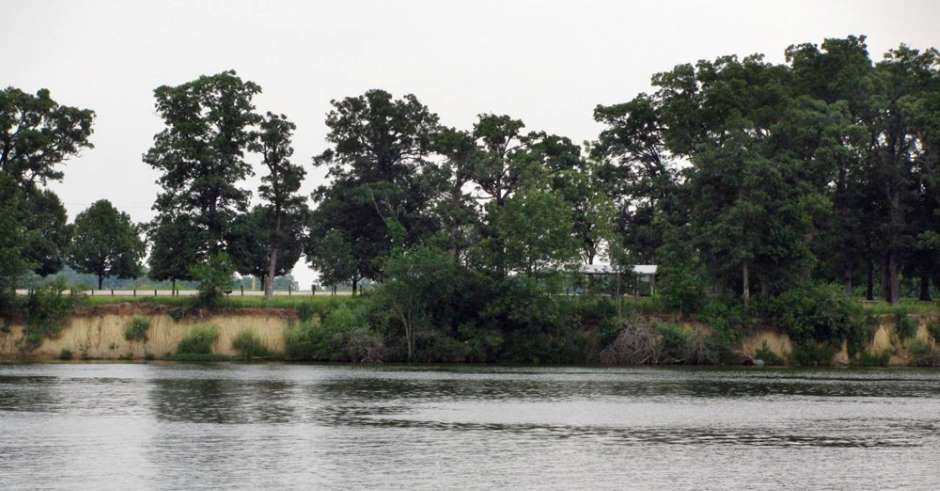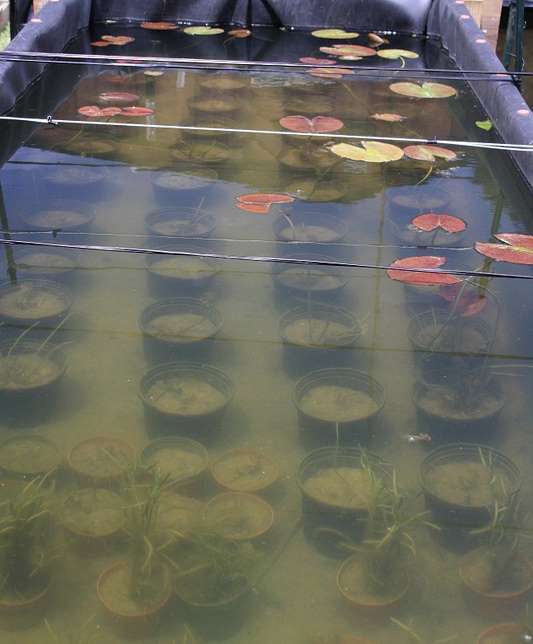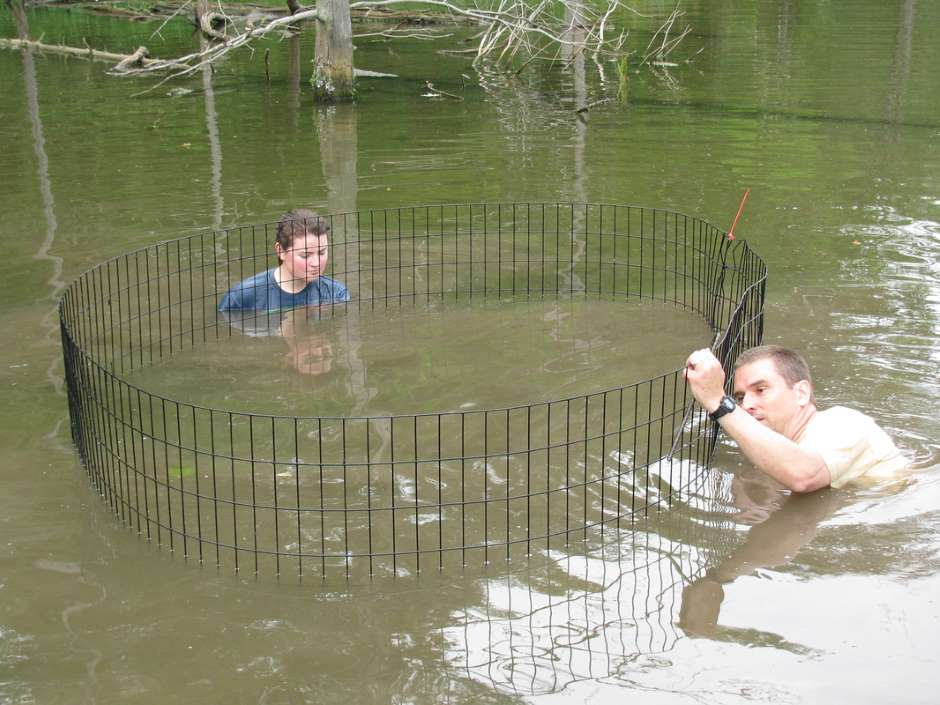Nationally-recognized Lake Bloomington restoration is rare for reservoirs
The most recent edition of an annual list highlighting waterbodies on the mend included just a single reservoir: Lake Bloomington, a water supply lake in central Illinois.
Projects underway to improve fish habitat, especially for an anemic largemouth bass population earned the impoundment its spot as the lone lake on the National Fish Habitat Partnership’s “2014 Waters to Watch” list, alongside seven stream systems, an estuary and a delta.
“That’s a huge thing to us,” said Mike Garthaus, a district fisheries biologist with the Illinois Department of Natural Resources. “Most people don’t consider reservoirs and lakes needing a lot of work being done, and that’s the exact opposite of the truth.”
The issues on Lake Bloomington are sediment and a lake of good habit for largemouth. Fishing is still extremely popular on the lake, which supports “above average” striped bass and walleye fisheries that are based on stocking, Garthaus said.
But the state couldn’t seem to stock their way out of a sub-par largemouth population. They tried different sizes, open-water and nearshore plants, but the species wouldn’t take off.
“My big push was instead of trying to solve those issues through stocking, lets look at the real problem, which is quality habitat,” Garthaus said.
They’re improving the habitat through a few projects spearheaded by Friends of Everbloom, a volunteer group whose stewardship benefits Lake Bloomington and nearby Evergreen Lake.
One solution they’ll try is tied to a shoreline stabilization project that will stop eroding banks from sending sediment into the lake. By covering 950 feet — just 12 percent of the lake’s total shoreline — with stone riprap, they project they’ll stop 60 percent of the sediment entering the lake.
That will help with water quality, but it will also give them a chance to install lunker structures under the riprap to give fish a place to hide out.
“Most people think of lunker structures in streams, which is that overhanging bank. We’re going to do that same concept,” Garthaus said. “Basically just an overhanging shelf underneath the riprap project in different locations.”
Clearer water from less sediment could benefit another project already underway to cultivate more aquatic vegetation growing on the lakebed. That will provide fish habitat with the potential added benefit of reducing nutrient levels.
Planting lake beds with native vegetation isn’t all that common outside of a few states like Missouri and Texas, both of which have been at it for awhile. Garthaus said they’re following guidelines developed out of a U.S. Army Corps of Engineers field station in Texas where they’ve honed the technique for their flood control reservoirs.
The plan calls for growing plants in indoor nurseries and transplanting them to submerged enclosures when they’re ready. A major issue they’ll deal with on Lake Bloomington is the water level fluctuations it faces as a water supply lake. It dropped more than 8 feet last winter — a big swing for a 600-acre lake.
“Our plant selection has to be based on one that will not only benefit fish and wildlife, but also be able to survive being high and dry for the fall and winter,” Garthaus said.
Bass responded to a similar project vegetation project in Evergreen Lake, where catch rates are now extremely high compared to where they used to be, he said.
Friends of Everbloom, which which Garthaus helped start two years ago, successfully applied for funding for the vegetation and shoreline projects from the Reservoir Fisheries Habitat Partnership.
“You’re never going to have enough state agency people or funds to address these issues, so you need local partnerships and support to get this stuff done,” Garthaus said.






0 comments